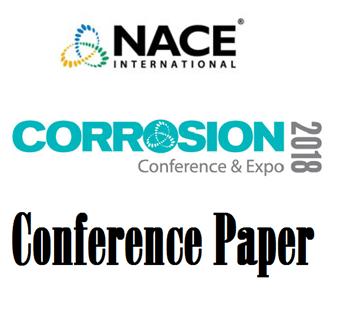Search
51315-6102-Cathodic Prevention for Reinforcing Steel in Cracked Concrete of Chloride Contaminated Structures
Also Purchased
51318-11584-CATHODIC PREVENTION-PROTECTION OF STEEL IN CRACKED CONCRETE
Product Number:
51318-11584-SG
Publication Date:
2018
$20.00
51315-6074-Analysis of Corrosion Damage on Propulsion Shafts of Marine Vessels
Product Number:
51315-6074-SG
ISBN:
6074 2015 CP
Publication Date:
2015
$0.00
51315-6090-Development of Alternate Sour Corrosion Inhibitor for Severe Sour Condition and Its Performance
Product Number:
51315-6090-SG
ISBN:
6090 2015 CP
Publication Date:
2015
$0.00




